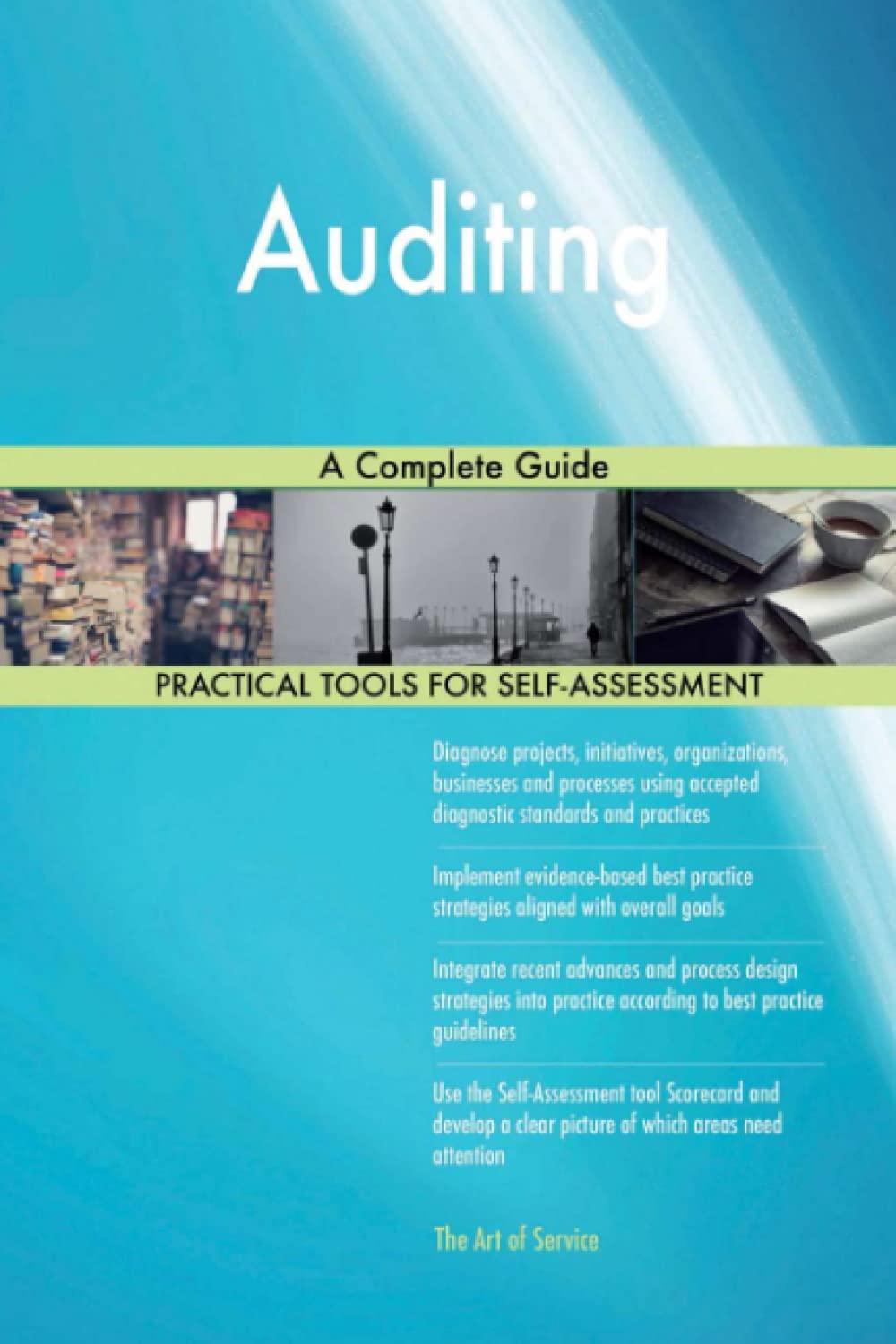Question
Q16 Terry has a casualty gain of $1,000 and a casualty loss of $5,500, before the $100 floor and before the adjusted gross income limitation.
Q16 Terry has a casualty gain of $1,000 and a casualty loss of $5,500, before the $100 floor and before the adjusted gross income limitation. The gain and loss were the result of two separate casualties occurring during the current year and both properties were personal-use assets. If Terry itemizes deductions on her current year return and has adjusted gross income of $25,000, what is Terry's gain or net itemized deduction as a result of these casualties?
a) $5,300 itemized deduction, $1,000 capital gain
b) $1,900 itemized deduction
c) $1,800 itemized deduction
d) $2,800 itemized deduction, $1,000 capital gain
e) None of the above
Q17 Johnny owned a gas station with an adjusted basis of $300,000. After it was destroyed in a fire, he received $560,000 from the insurance company. Within the next year, he bought a new gas station for $500,000. What is Johnny's taxable gain and what is the basis in the new building?
a) $260,000; $500,000
b) $200,000; $300,000
c) $60,000; $300,000
d) $260,000; $300,000
e) $60,000; $500,000
Q18 Which of the following statements is correct with respect to the deferral provisions of the tax law?
a) The like-kind exchange provision is elective.
b) The involuntary conversion provision is elective.
c) The exclusion of gain on the sale of a personal residence is elective.
d) Both the like-kind exchange and the involuntary conversion provisions are elective.
e) None of the above.
Step by Step Solution
There are 3 Steps involved in it
Step: 1

Get Instant Access to Expert-Tailored Solutions
See step-by-step solutions with expert insights and AI powered tools for academic success
Step: 2

Step: 3

Ace Your Homework with AI
Get the answers you need in no time with our AI-driven, step-by-step assistance
Get Started


